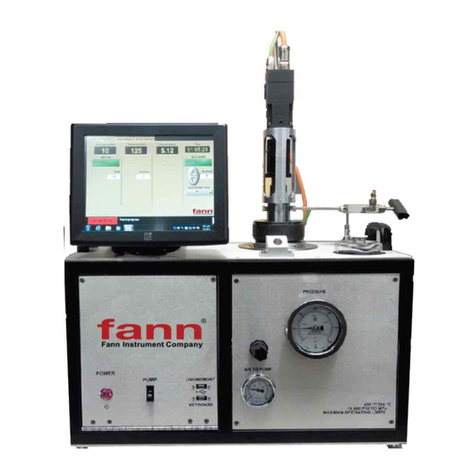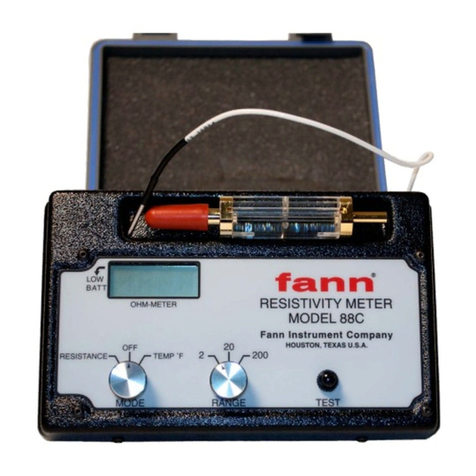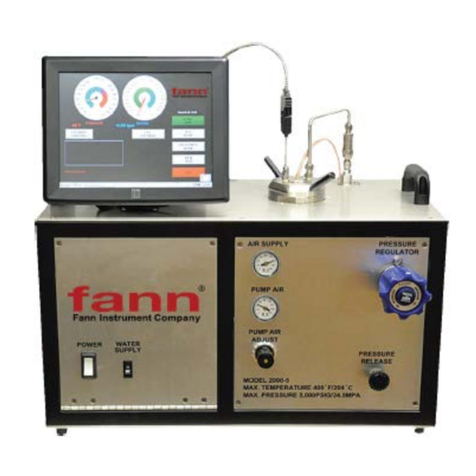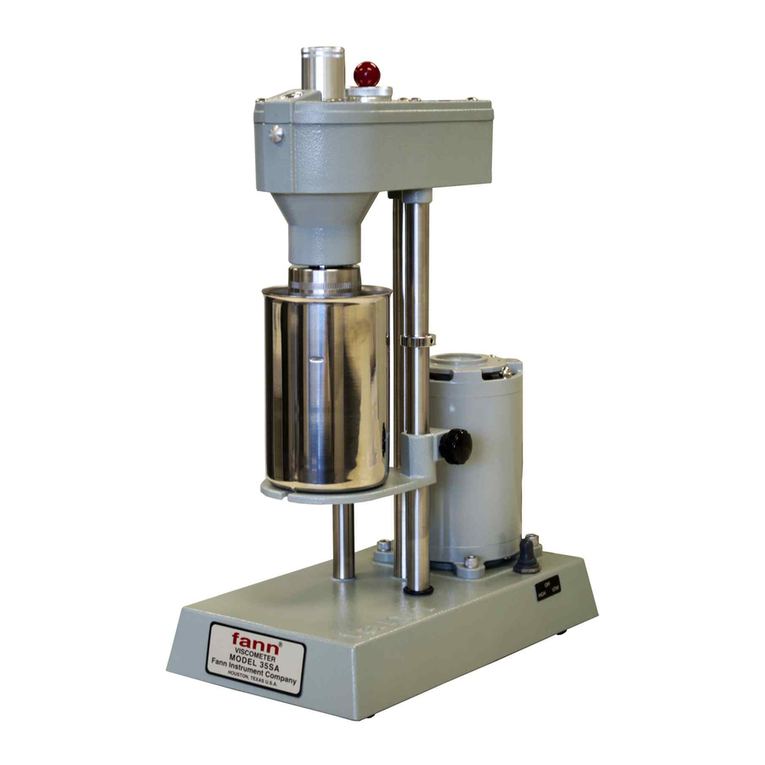
RheoVADR®Rheometer Instruction Manual
D00845847 Revision E, September 2014 3
Table of Contents
1 Introduction ..............................................................................................................6
1.1 Document Conventions....................................................................................7
2 Safety.......................................................................................................................8
2.1 Safe Electrical Operation..................................................................................8
2.2 Heated Sample Cup.........................................................................................8
3 Features and Specifications .....................................................................................9
3.1 Rheometer Features ........................................................................................9
3.2 Rheometer Specifications ..............................................................................11
3.3 Rotor and Bob Specifications.........................................................................12
3.4 Operating Specifications ................................................................................12
4 Installation..............................................................................................................13
5 Operation ...............................................................................................................14
5.1 Instrument Start-up ........................................................................................16
5.2 Manual Operating Instructions........................................................................18
5.2.1 Choosing speeds.......................................................................................18
5.2.2 Recording and Saving data ....................................................................... 18
5.2.3 Measuring Gel Strength............................................................................. 19
5.2.4 Stopping a test .......................................................................................... 19
5.2.5 Shutting down the rheometer..................................................................... 19
5.3 API Test Profile..............................................................................................20
5.3.1 User Profiles.............................................................................................. 21
5.4 Set-up Mode ..................................................................................................22
5.4.1 Changing temperature units ...................................................................... 22
5.4.2 Initiating temperature calibration................................................................ 23
5.4.3 Initiating sensor calibration........................................................................ 23
5.4.4 Choosing address...................................................................................... 24
5.4.5 Choosing Rotor-Bob Combination ............................................................. 25
5.4.6 Applying Firmware Update ........................................................................ 26
5.4.7 Installing User Profiles...............................................................................28
5.5 Rotor Removal and Installation ......................................................................29
5.6 Bob Removal and Installation.........................................................................29
6 Troubleshooting and Maintenance .........................................................................30
7 Accessories............................................................................................................31

































